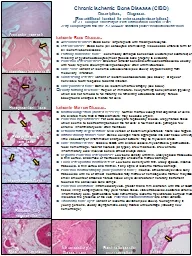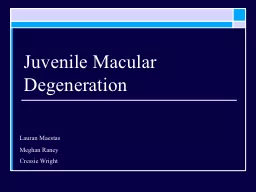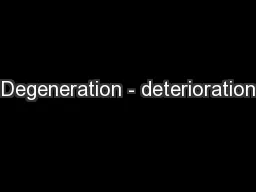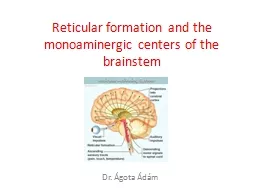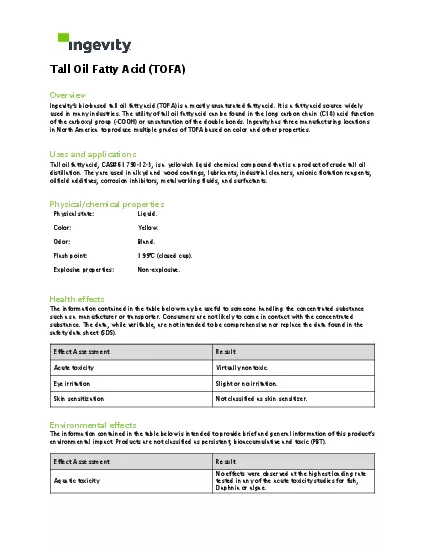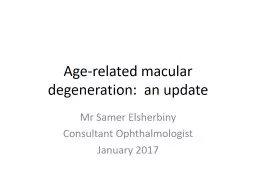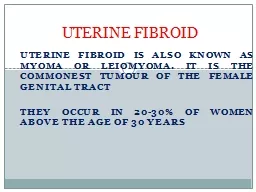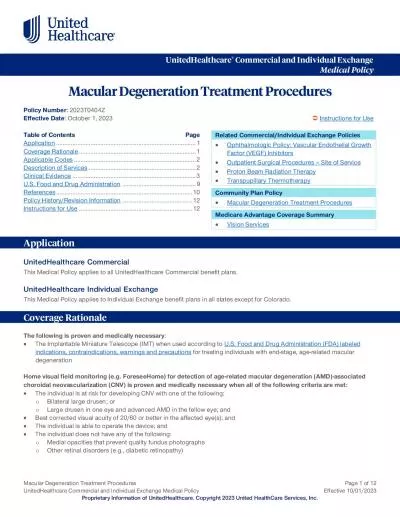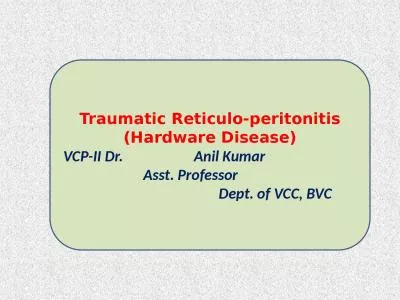PPT-Reticular fatty degeneration
Author : conchita-marotz | Published Date : 2017-05-03
Poorly forming new bone Ischemic Bone Diseases Avascular necrosis Dead bone large regions with missing osteocytes Osteonecrosis Dead bone all osteocytes are missing
Presentation Embed Code
Download Presentation
Download Presentation The PPT/PDF document "Reticular fatty degeneration" is the property of its rightful owner. Permission is granted to download and print the materials on this website for personal, non-commercial use only, and to display it on your personal computer provided you do not modify the materials and that you retain all copyright notices contained in the materials. By downloading content from our website, you accept the terms of this agreement.
Reticular fatty degeneration: Transcript
Download Rules Of Document
"Reticular fatty degeneration"The content belongs to its owner. You may download and print it for personal use, without modification, and keep all copyright notices. By downloading, you agree to these terms.
Related Documents

